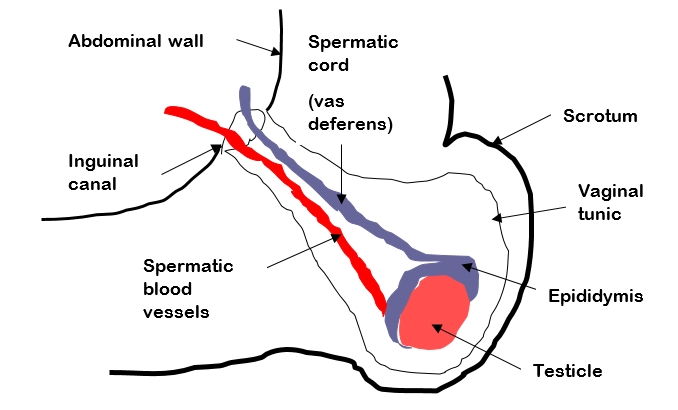Castrating Boars
Castration of Kunekune Boars and the anatomy of the boar
Castrating Boars
Castration of Kunekune Boars and the anatomy of the boar
Castrating male animals provides many advantages – castrated males can safely be kept with female animals without the risk of unwanted litter, it can potentially reduce aggression in male animals and in those breeds bred for meat, it can reduce ‘tainting’ of the flesh. As with any operation, there are potential risks such as pain, infection and bleeding.
Opinion varies as to the best age to castrate but generally, the earlier, the better. Commercial units commonly castrate boars on farms before they are 7 days old. The safest route for small holders is to get your vet to carry out the operation – this is also a legal requirement if the pig is older than 7 days. Castration is normally done around 2-3 weeks of age. Some vets advocate leaving them until they are around 6 weeks of age which is perfectly acceptable, but they will require more anaesthetic and potentially be a higher risk. UK legislation also states that anaesthetic must be used on any pig being castrated when aged 7 days or over. This can be local or general anaesthesia.

Boar Anatomy
The only acceptable method of castration in pigs is surgical. Rubber rings and the Burdizzo method (a piece of equipment that crushes the spermatic cord and vessels) are not suitable or legal.
Surgical castration involves making an incision over the scrotum, through the vaginal tunic grasping the testicle and using a combination of traction and twisting to remove the testicle and a portion of the blood vessels and spermatic cord. The wound is left open to heal, and an antiseptic spray may be applied.
As you can see from the diagram above, the blood vessels and spermatic cord pass through a hole in the abdominal wall known as the inguinal canal. This little hole can sometimes cause a few problems! Male pigs, especially Kunekunes, can suffer from inguinal hernias. This is when the abdominal contents, usually the guts, protrude through the inguinal canal and into the scrotal sac. Kune Kune pigs are known to have larger inguinal canals than other breeds, which is thought to be the reason for the higher incidence. Sometimes the hernia is evident before they are castrated. Sometimes it can happen after castration, once the testicles have been removed. In order to try to prevent this from happening, some vets will suture the vaginal tunic closed after removing the testicle – this is known as a ‘closed’ castration. The hernias can often be easily repaired under general anaesthesia if they do occur, although sometimes the boar is left uncastrated and sent for meat at around 9 months of age.
After being castrated, the pigs should be kept somewhere clean and monitored for signs of infection. If there is excessive bleeding, swelling or other concerns, a vet should be contacted.
The content of this article is designed for guidance only and is not to be taken as veterinary advice – please seek further advice from your vet.
Author; Claire Chadwick, who works as a mixed practice Vet in the Cotswolds.
